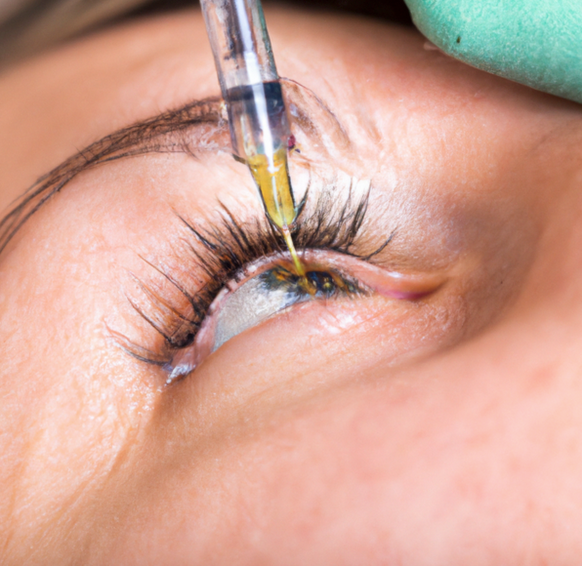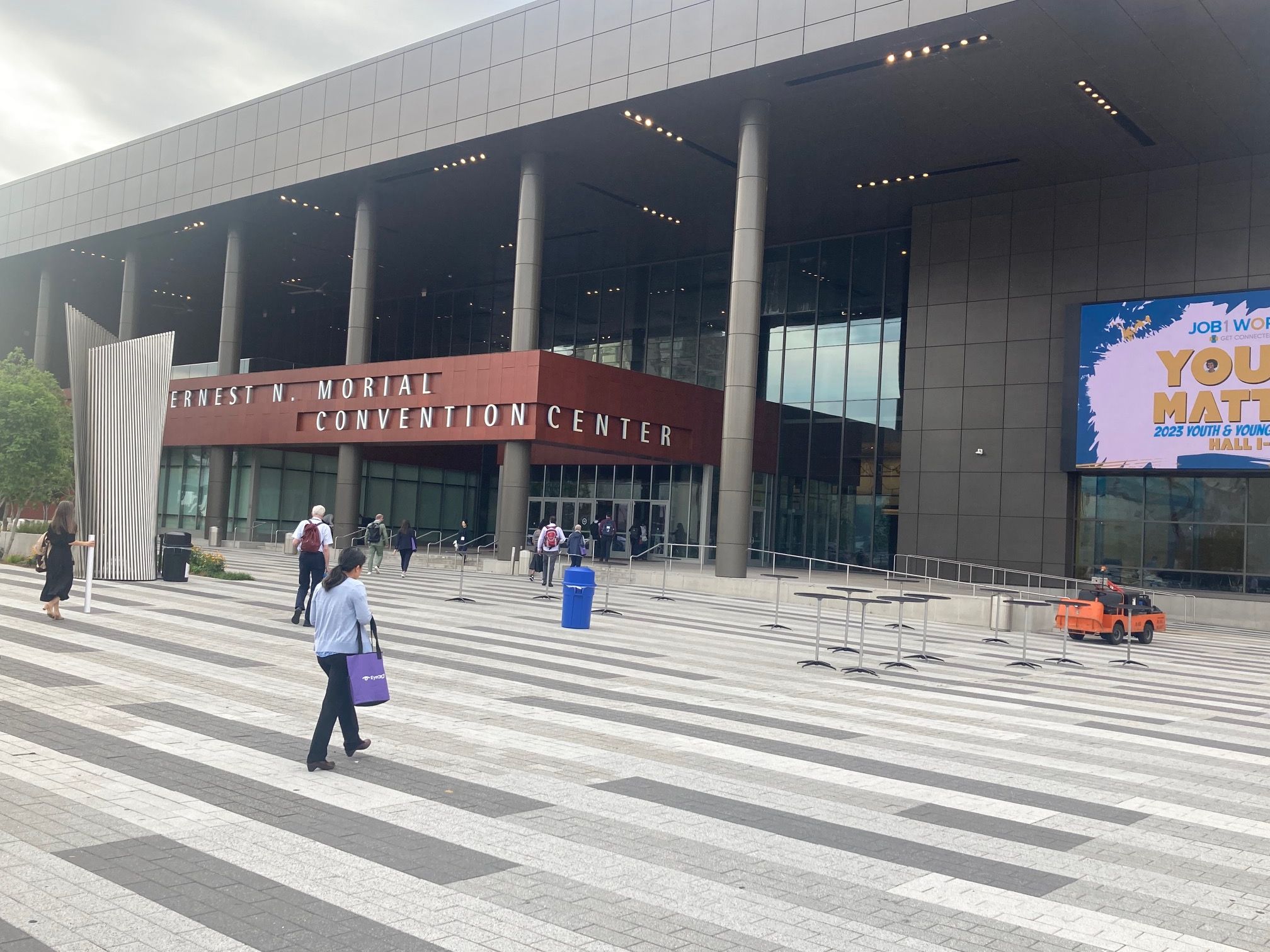Article
Ocuphire announces positive topline results from LYNX-1 Phase 3 trial
Author(s):
According to the company, a clinical trial evaluating Nyxol eye drops for night vision disturbances met FDA-agreed primary endpoint with subjects gaining 3 lines of low-contrast distance vision under dim light conditions compared to placebo.

Ocuphire Pharma Inc. today announced positive topline results from the LYNX-1 (NCT04638660) Phase 3 pivotal clinical trial investigating its product candidate Nyxol for night (or dim light) vision disturbances (NVD).
According to the company, across 12 US clinical trials with approximately 1100 subjects, over 650 subjects have now been exposed to Nyxol.
NVD is a condition in which unfocused rays of light derived from imperfections (or higher order ocular aberrations) in the periphery of the cornea manifest as reduced image quality when the pupil dilates in dim light conditions. Patients with NVD experience glare, halos, starbursts, and decreased contrast sensitivity.
According to GlobalData market research, approximately 38 million individuals in the US are believed to suffer from NVD, also referred to as dim light vision loss, with an estimated 16 million having moderate-to-severe NVD that may be directly addressable with a pupil modulation approach.
The company noted in a news release that the effects of NVD can be mitigated by moderately reducing pupil diameter to eliminate some of the aberrations and their scattering effect, without impeding the ability to see in dim light due to reduced retinal illumination.
Mina Sooch, MBA, founder and CEO of Ocuphire Pharma, noted in a news release that the company is pleased with the demonstrated efficacy of Nyxol in patients with NVD.
“LYNX-1 represents our 6th consecutive positive data readout for Nyxol in several indications and is a critical milestone towards future product registration,” Sooch said in a statement. “In alignment with our overall clinical priorities, and while we plan for a future LYNX trial as needed next year, we will focus on the pivotal trials for presbyopia and on the NDA submission and pre-commercial activities for Nyxol in reversal of mydriasis (RM).”
Sooch added that the LYNX-1 trial results provide additional support for the safety and vision improvement benefits of Nyxol in RM and presbyopia in dim light conditions.
“We are committed to making a difference for millions of patients with vision problems and are proud of the disruptive innovation we bring to the ophthalmic space,” Sooch concluded in the release. “In that regard, we look forward to yet another late-stage clinical data readout in 2022 from the study of oral APX3330 for diabetic retinopathy.”
Highlights of LYNX-1 NVD Phase 3 Results
The company noted that LYNX-1 is a registration trial for Nyxol in this chronic NVD indication, and was designed as a randomized, double-masked, placebo-controlled, Phase 3 study to evaluate the safety and efficacy of Nyxol compared to placebo.
In the trial, 145 study participants who experienced vision impairment under dim light conditions were randomly assigned to receive either Nyxol or placebo, self-administered in each eye daily, at or near bedtime, over 14 days. The primary endpoint was the gain of 3 lines (or 15 letters) or more of distance vision improvement on a low contrast chart in dim light conditions.
Baseline demographics and ocular characteristic means were well-balanced across Nyxol and placebo treatment arms. Highlights of the patient population include a mean age of 46 years with participants ranging from 19 to 70 years old; subjects with a mix of light and dark irides; mean baseline mesopic pupil diameter of 6.1 mm; and mean distance visual acuity of only 17 letters (20/100 Snellen) under mesopic low contrast conditions.
Summary of LYNX-1 Data
- The FDA-agreed primary endpoint was met, with a statistically significant greater percentage of Nyxol-treated subjects having gained 15 or more letters of mesopic low contrast distance visual acuity (mLCVA) at Day 8, compared to placebo (13% vs 3%; p<0.05)
- Key secondary efficacy endpoints were also met with statistical significance:
- The effect of Nyxol increased at Day 15, with 21% of subjects gaining 15 or more letters of mLCVA compared to 3% placebo (p<0.01)
- Nyxol significantly increased the percentage of subjects gaining 10 or more letters of mLCVA at both Day 8 with 41% vs. 22% placebo (p<0.05) and at Day 15 with 44% vs. 23% (p<0.05)
- Nyxol showed a favorable safety and tolerability profile:
- There were no serious adverse events
- Adverse events occurring in Nyxol-treated subjects were predominantly mild in severity and were consistent with those observed in previous trials
According to Jay Pepose, MD, PhD, chief medical advisor and board member, in the past, patients with night vision disturbances sometimes puzzled eye care professionals because their complaints often impacted the quality of vision far more than the quantity of vision as assessed in the office using standard high contrast charts.
“In the LYNX-1 study, after 14 days of dosing, a remarkable 21% of subjects achieved the 3 line improvement, the high bar set by the FDA,” Pepose said in a statement. “Moreover, 44% of subjects gained a clinically meaningful 2 line improvement in mesopic low contrast vision - a test of image quality that is sensitive to higher order aberrations and induced spatial phase shifts seen in patients with night vision disturbances.”
Pepose also noted that the 24-hour duration of Nyxol’s effect in reducing pupil diameter makes this a convenient option for evening dosing for these patients, who find nighttime driving and other dim light activities challenging.
“In distinction to some other classes of miotics, the mechanism of action of Nyxol obviates any increased risk of retinal tears or detachment in this cohort of patients, many of whom have longer axial lengths and are therefore at higher retinal detachment risk,” Pepose concluded. “An additional safety attribute of Nyxol is that it does not make the pupil too small, which can markedly impact retinal illumination and thereby reduce retinal neural contrast and distance vision.”
Moreover, Marguerite McDonald, MD, FACS, a clinical professor of Ophthalmology at New York University’s Langone Medical Center and Tulane University Health Sciences Center, and member of Ocuphire’s Medical Advisory Board, lauded the company for pursuing a treatment option for NVD.
“It is a common condition that has previously been largely unrecognized,” she said in the news release. “I consider the results of the LYNX-1 study to be groundbreaking. As a refractive surgeon who has been involved with the development of Nyxol since its inception, I am happy to have a potential treatment option for my patients who suffer from NVD.”
McDonald pointed out that NVD is currently patient-reported, including people of all ages who are post-LASIK, post-corneal ulcer, post-radial keratotomy, post-corneal transplant, tear-film instability or dry eye disease, keratoconus, or post-cataract surgery with multifocal or extended depth of focus intraocular lens implants.
“Eyecare professionals currently do not have the tools to actively manage NVD,” she said in the release. “Once a treatment becomes available, eyecare providers will begin to address this condition, and we expect that this market may grow, as was the case when Restasis® was approved for dry eye treatment.”
Despite many addressable patients with moderate-to-severe NVD, there is no FDA-approved treatment on the market for NVD. Pupil modulation by Nyxol through inhibition of the iris dilator muscle may offer symptomatic relief for these patients.
Newsletter
Don’t miss out—get Ophthalmology Times updates on the latest clinical advancements and expert interviews, straight to your inbox.





